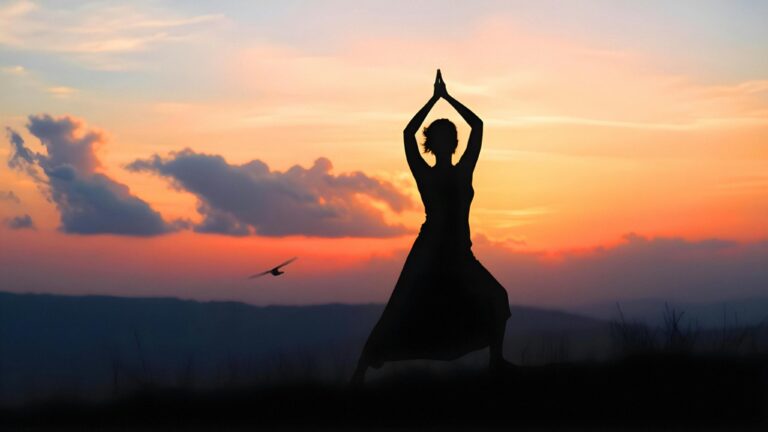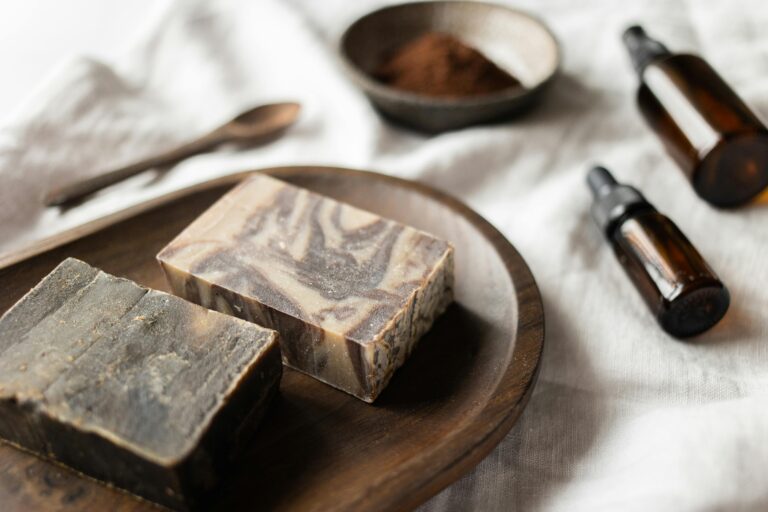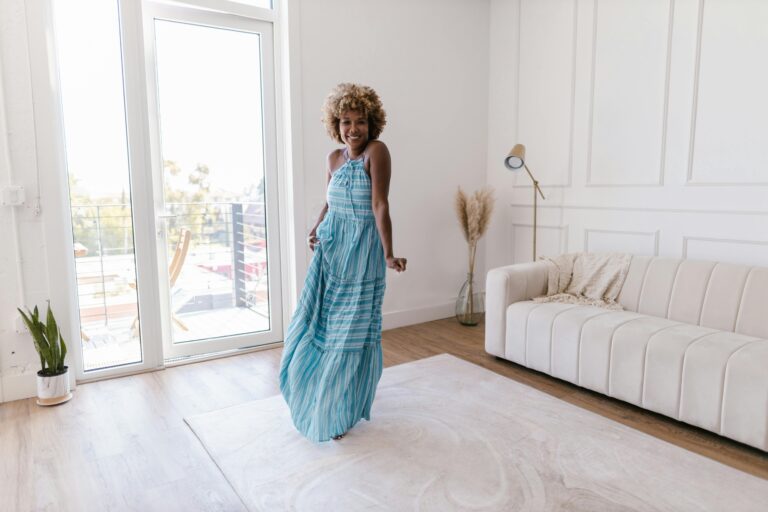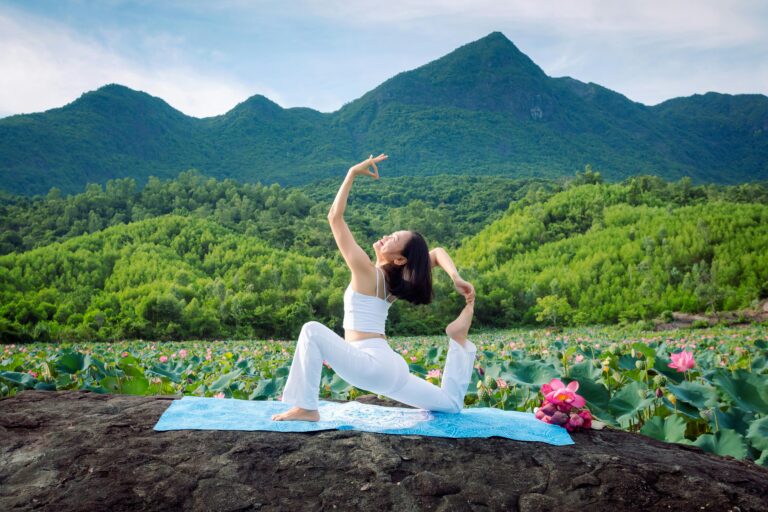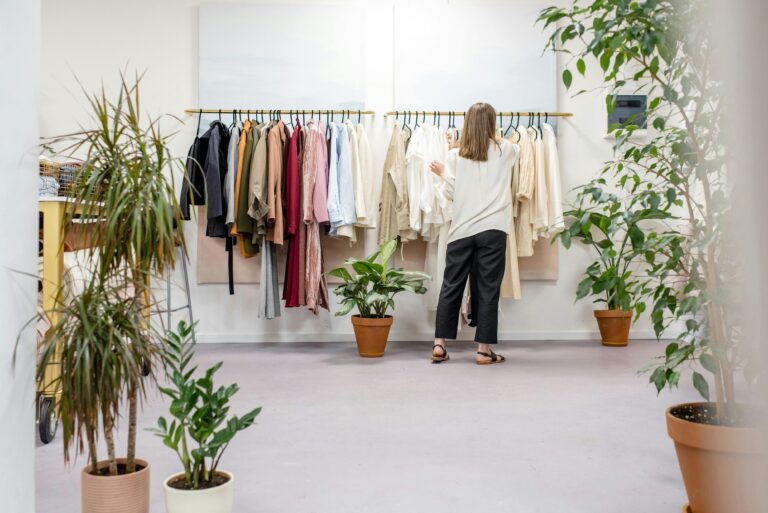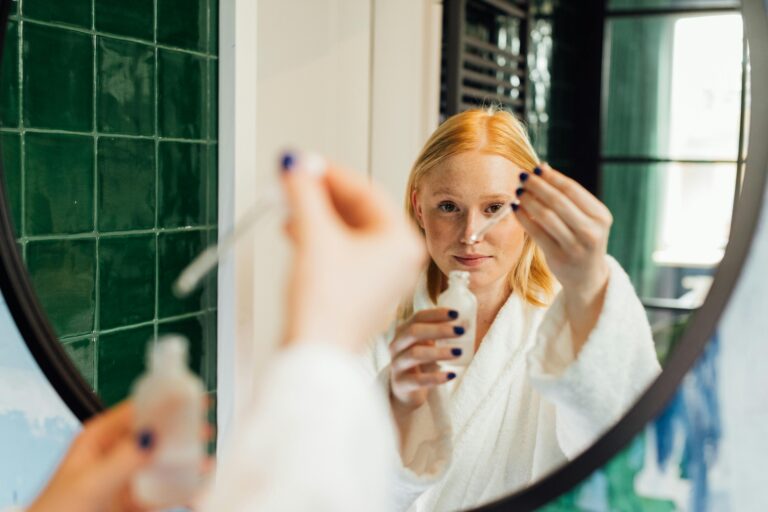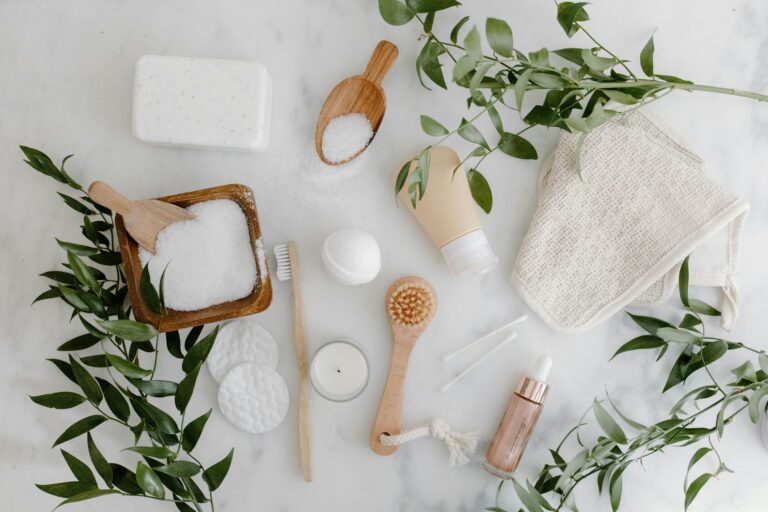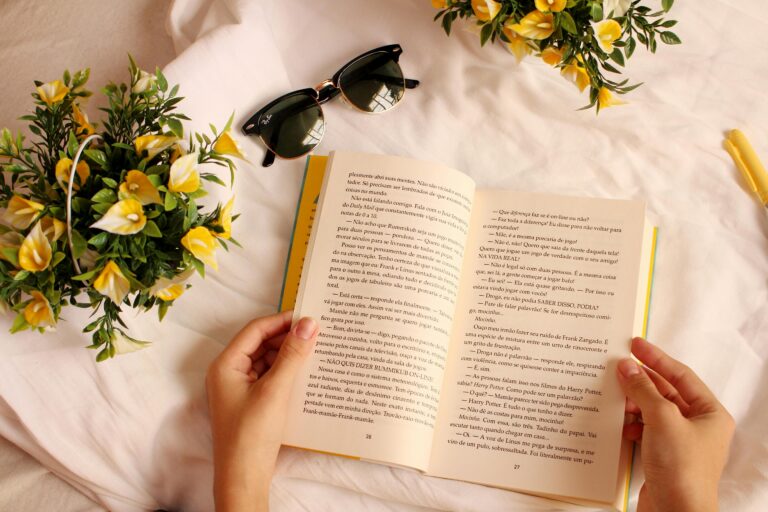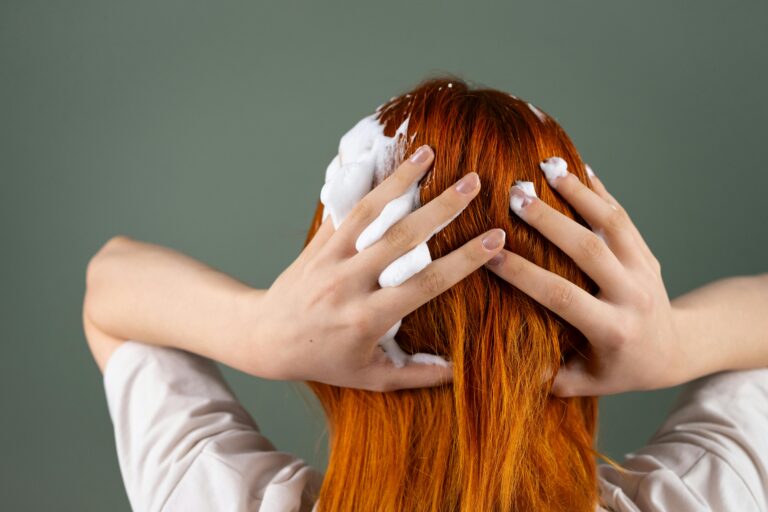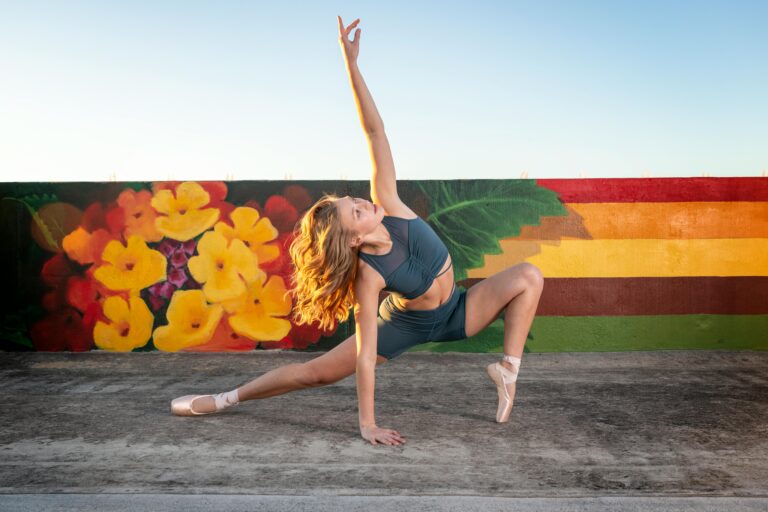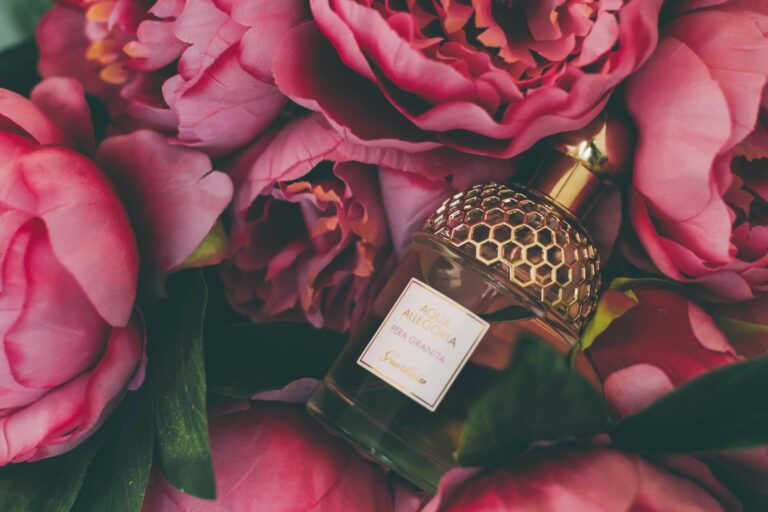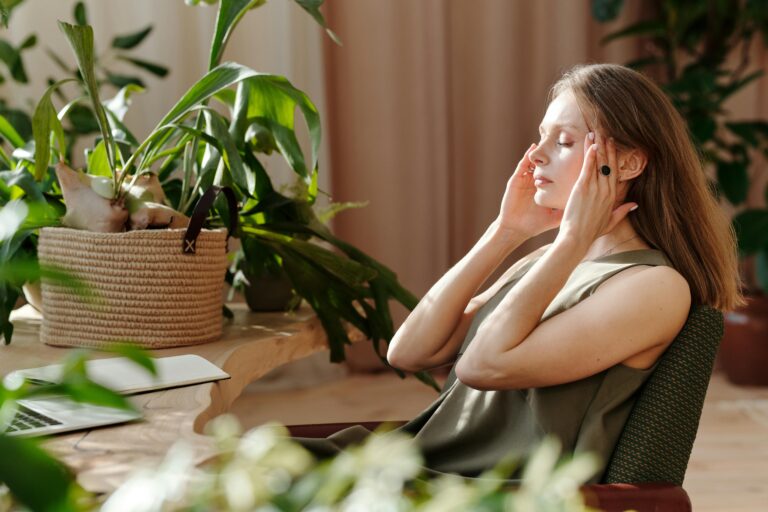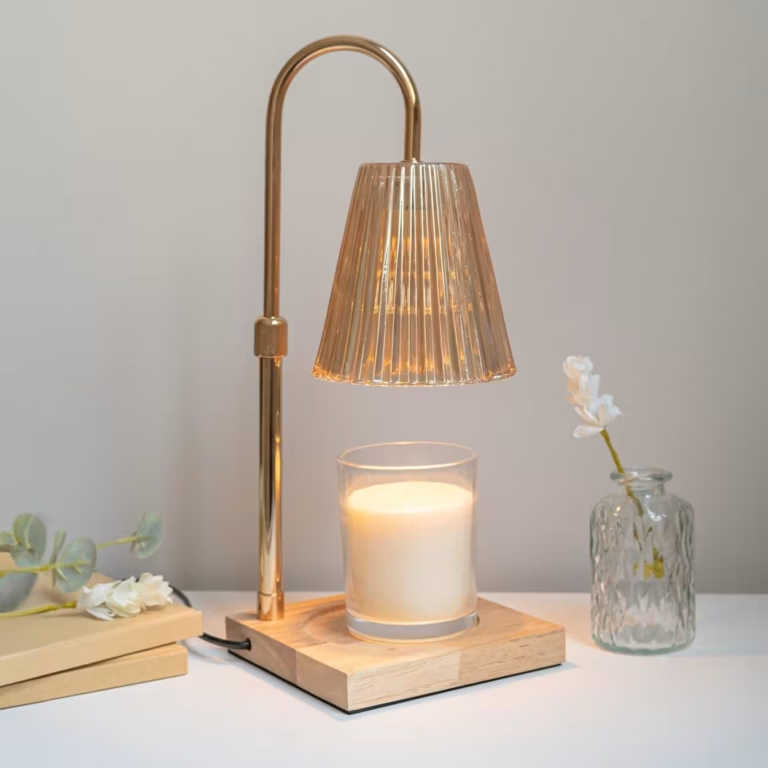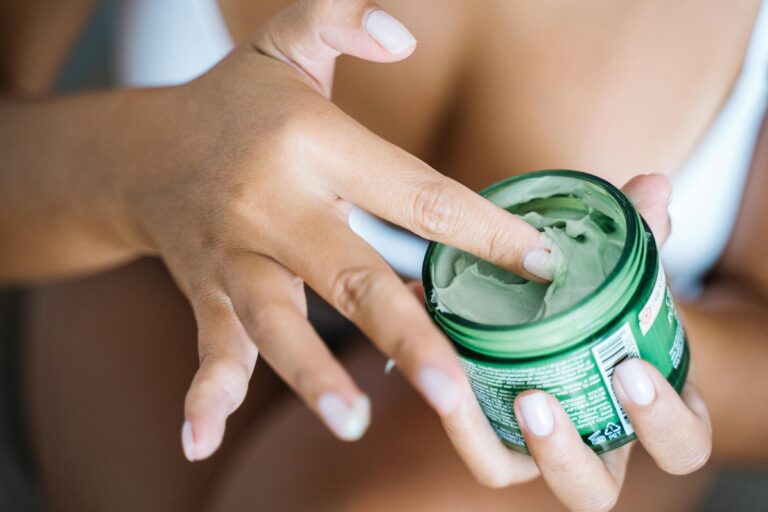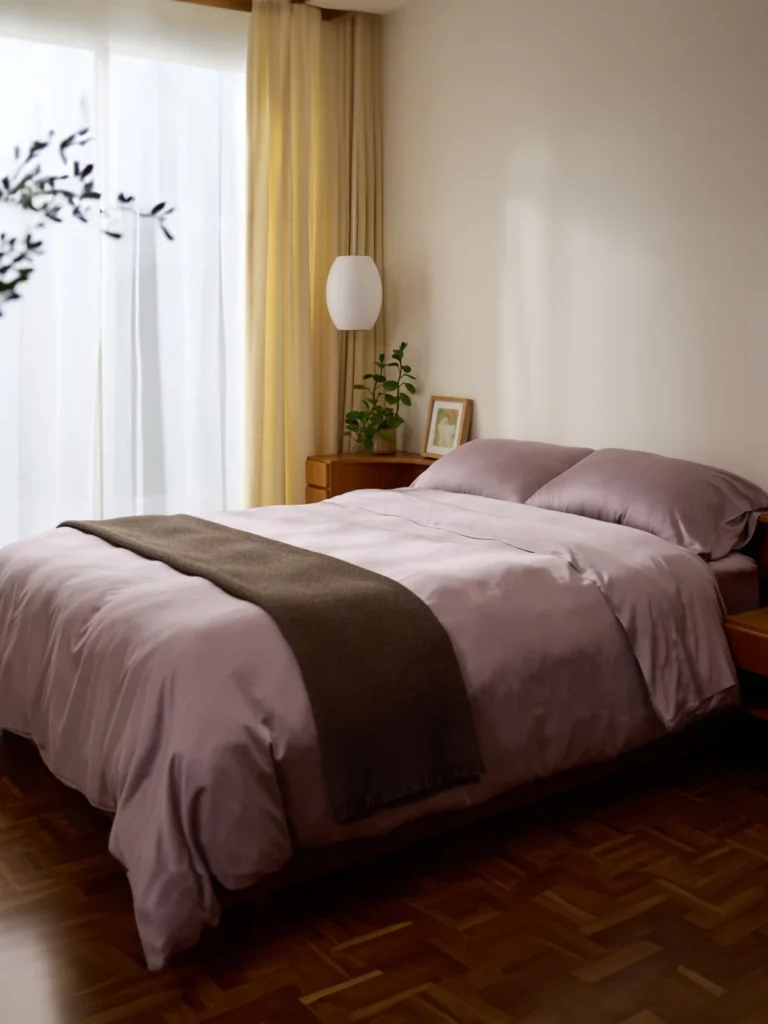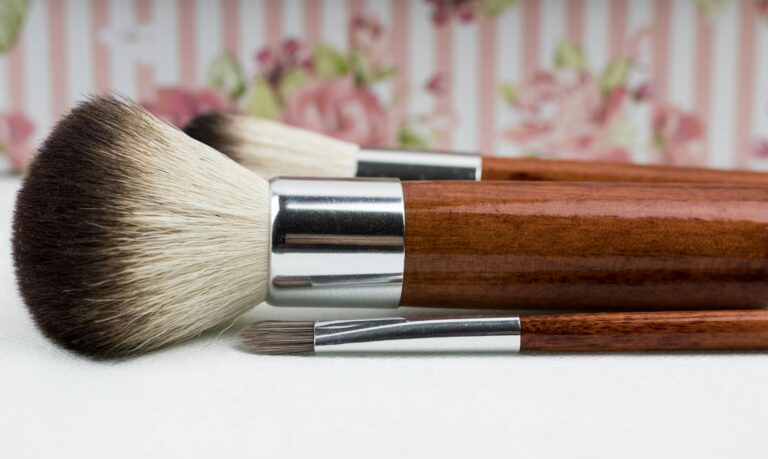How To Start Aromatherapy at Home – Beginner’s Tips for 2025
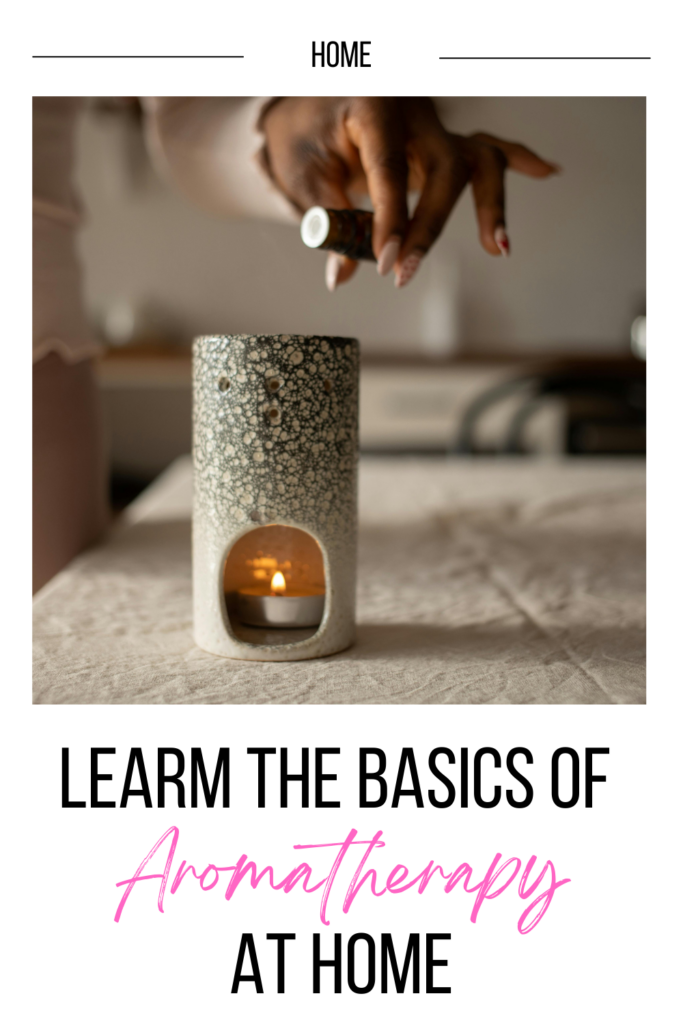
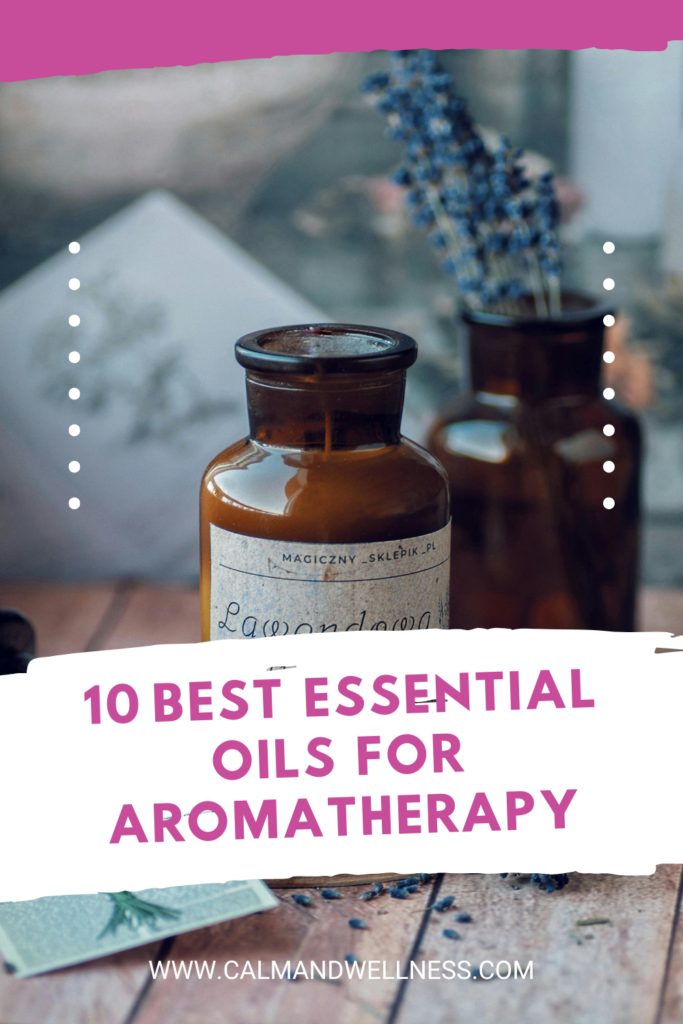
This site contains affiliate links, view the disclosure for more information.
Picture this: you step through the door after a hectic day, light a lavender-infused candle, and feel the tension dissolve. Aromatherapy, a practice steeped in centuries of tradition, and is backed up by many scientific researches. Without doubts it offers natural relaxation that bring peace to your modern lifestyle.
Whether you’re curious about essential oils for stress relief, interested in holistic relaxation methods, or eager to learn how to blend essential oils for your own DIY aromatherapy rituals, you’re in the right place.
1. Aromatherapy at Home, How Does It Work?
Aromatherapy is a beautiful blend of art and science, all about using plant-based essential oils to boost your mental and physical well-being.
But how does aromatherapy actually work? Well, when you inhale these delightful scents, the molecules interact with your limbic system—the part of your brain responsible for emotions, memories, and even some bodily functions. This connection is why certain scents can instantly calm you down, lift your mood, or energize you.
Explore the scents that resonate with you. Citrus oils like orange and lemon are fantastic for energizing your mornings, while earthy scents like sandalwood or cedarwood can help ground you after a busy day. And for sleep? You can’t go wrong with lavender or chamomile.
2. Top Essential Oils for Relaxation
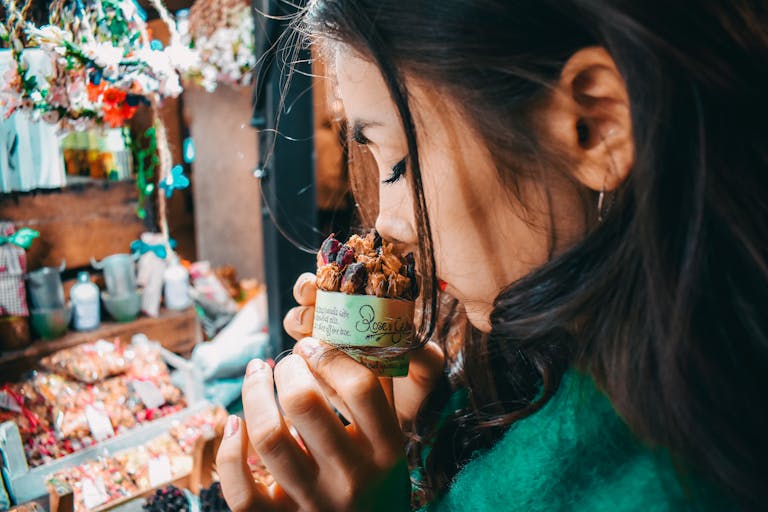
Essential oils have the power to transform your mood, enhance your wellbeing, and make your space feel like a sanctuary. Let’s dive into ten of the best essential oils for aromatherapy:
Lavender
The ultimate chill pill in a bottle! Lavender’s floral scent is a staple in relaxation rituals, it’s your best friend when you’re stressed or struggling to sleep. A few drops in a diffuser or on your pillow can work wonders for your mind and body.
Chamomile
Its sweet, apple-like aroma is perfect for calming nerves and easing anxiety. Use it in a diffuser or mix it into a massage oil to unwind after a hectic day.
Ylang-Ylang
This exotic oil smells like a tropical escape and it’s fantastic for balancing emotions, boosting your mood, and even reducing high blood pressure.
Consider adding it to your bath or blend it with citrus oils for a mood-lifting concoction.
Peppermint
Peppermint’s minty freshness helps clear your mind and it’s also great for headaches and muscle tension. You can dilute it with a carrier oil and apply it to your temples for instant relief.
Eucalyptus
Eucalyptus is the go-to for respiratory support thanks to its crisp, clean scent clears sinuses and boosts energy levels.
Use it in a steam bowl or diffuser.
Tea Tree
Tea Tree has an earthy scent and antibacterial, antiviral, and antifungal properties. It’s great for purifying the air and promoting a sense of cleanliness and clarity.
Lemon
Zesty and uplifting, lemon oil is a burst of sunshine in a bottle and not only it’s perfect for boosting energy and focus but also create a cheerful atmosphere.
Frankincense
This ancient oil is like meditation in a bottle. Its woody, grounding aroma promotes relaxation, mindfulness, and spiritual connection. Use it during yoga or meditation for an added sense of calm.
Rosemary
Rosemary isn’t just for cooking! Its herbal, slightly woody scent stimulates mental clarity and focus.
Bergamot
Bright and citrusy with a floral twist, bergamot is unique. It’s great for lifting spirits and promoting relaxation, use it in a diffuser or blend it with lavender for a double dose of calm.
3. Tools and Techniques for Aromatherapy
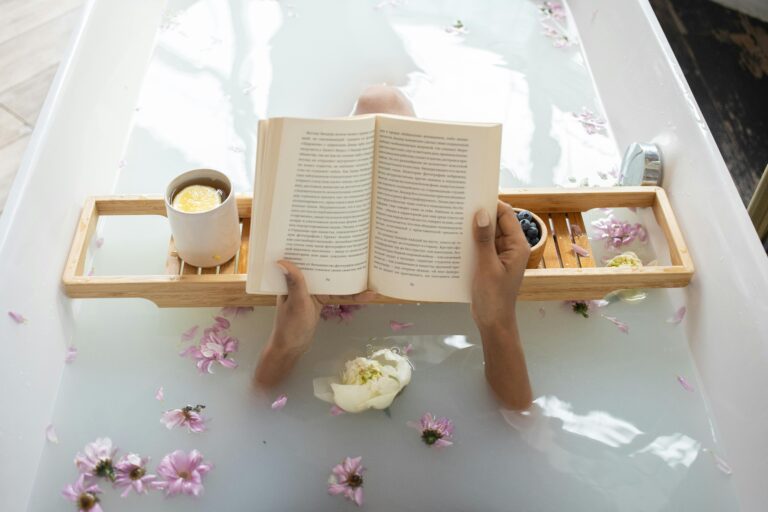
Starting your aromatherapy journey at home is easy, and the possibilities? Endless. With just a few basic tools, you can create an atmosphere that promotes relaxation, calm, and well-being. But how do you get started? Let’s dive in!
The Core Tools Explained
Aromatherapy Diffusers
These are your new best friend. Imagine walking into your space after a long day and immediately being enveloped by calming aromas—lavender, eucalyptus, or even a blend of both. It’s like your very own sensory retreat.
Carrier Oils for Skin Use
Before applying essential oils directly to your skin, always dilute them. Carrier oils like jojoba or sweet almond oil make this process a breeze and help avoid irritation.
DIY Essential Oil Recipes
Get creative! Mix oils like lavender, chamomile, or bergamot to create blends that reduce stress and lift your mood. Custom blends allow you to craft an experience that’s uniquely yours.
Roll-Ons for On-the-Go Relief
Sometimes, you need a quick pick-me-up. That’s where roll-ons come in. Whether it’s peppermint or eucalyptus, these little bottles of serenity are perfect for applying to your temples or wrists when you need instant calm.
DIY Fun Ideas
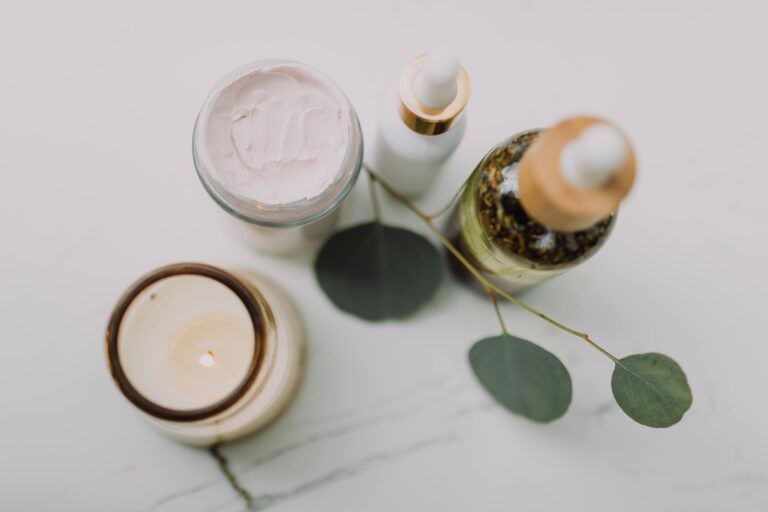
DIY Room Spray
Aromatherapy diffusers are by far the easiest and most popular method to spread soothing scents throughout your home. No diffuser? No problem! You can easily make your own DIY room sprays by adding essential oils to a spray bottle filled with water. It’s simple, effective, and perfect for spritzing your pillow before bed.
Roll-Ons
Small but mighty. Mix a carrier oil with essential oils like peppermint or eucalyptus in a roller bottle, and you have a handy tool to manage stress and refresh yourself throughout the day. Dab it on your pulse points and feel the difference.
Create Custom Candles or Bath Salts
Want to add a personal touch? Infuse your favorite essential oils into unscented candles, bath salts, or lotions. It’s a fun way to customize your aromatherapy experience.
The best part? The variety. With just a few simple tools, you can transform your home into a peaceful haven. Try diffusing calming scents, spritzing your favorite blends, or rolling on a mood-boosting oil. Your journey into the world of aromatherapy begins with the basics—and it can grow into something uniquely yours. So why wait? Embrace the power of scent today!
4. Common Mistakes to Avoid in Aromatherapy
There are some basics (but important) considerations to be made:
✅ Synthetic Oils: Only use pure 100% natural oils (therapeutic-grade oils) for authentic aromatherapy benefits.
✅ Overuse: Diffuser blends for anxiety should be subtle, not overwhelming. Stick to a few drops for best results.
✅ Patch Test for Essential Oils: Always test new oils on your skin to avoid irritation
✅ Improper Storage: keep essential oil in amber bottles in a cool, dark place to preserve their potency.
5. The Takeaway
Consistency is the key to building a relaxation habit especially before bedtime. Diffuse lavender oil as part of your sleep aids aromatherapy ritual. Dedicate a corner of your home to relaxation, complete with soft lighting, calming music, and your favorite essential oils.
With a bit of creativity and the right materials, you can turn your home into a sanctuary of scents. Whether you’re looking to relax, recharge, or simply make your space smell amazing, aromatherapy is an easy and rewarding way to do it. So go ahead, experiment with different oils, and discover what works best for you!
RELATED POSTS
